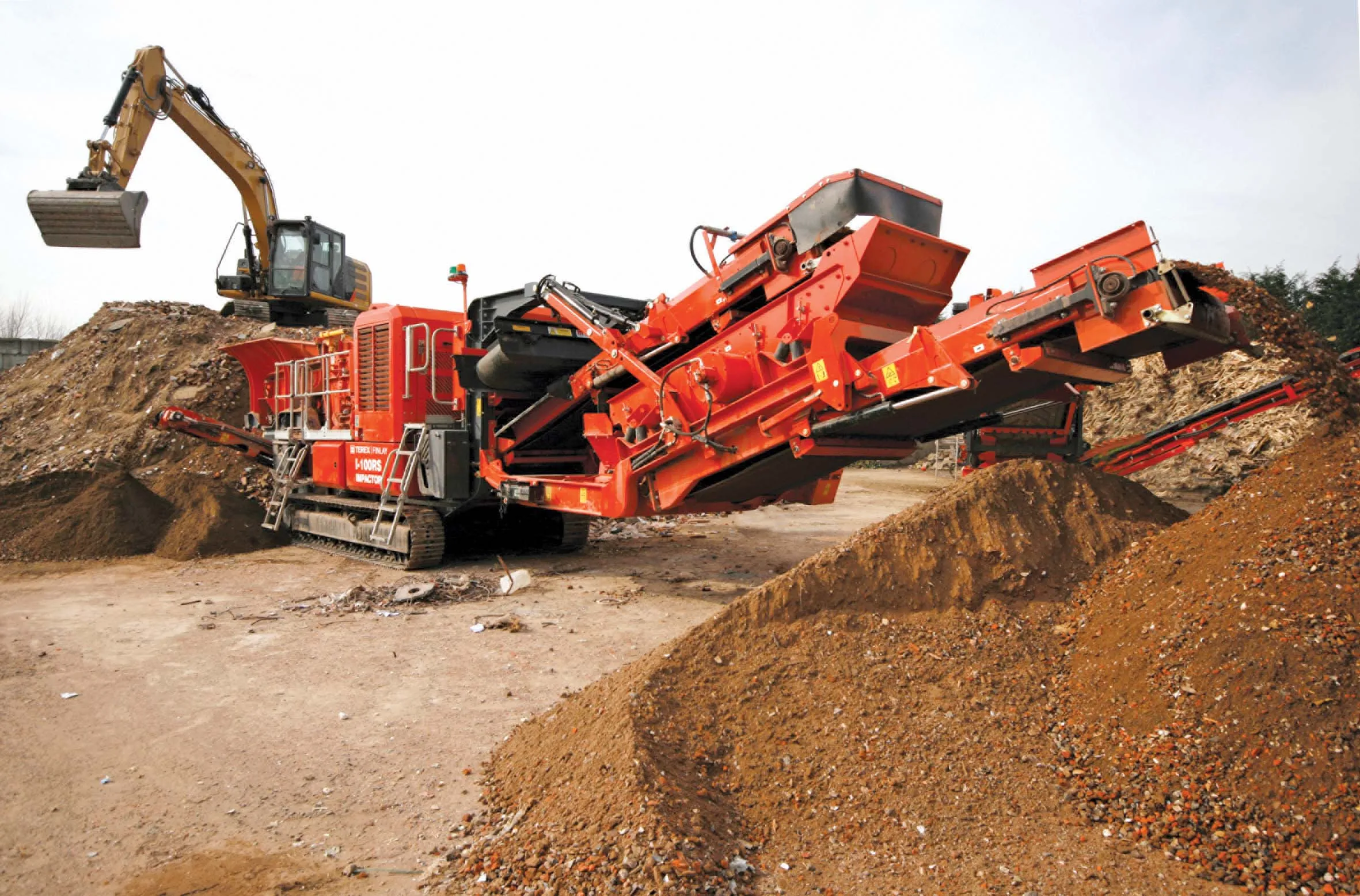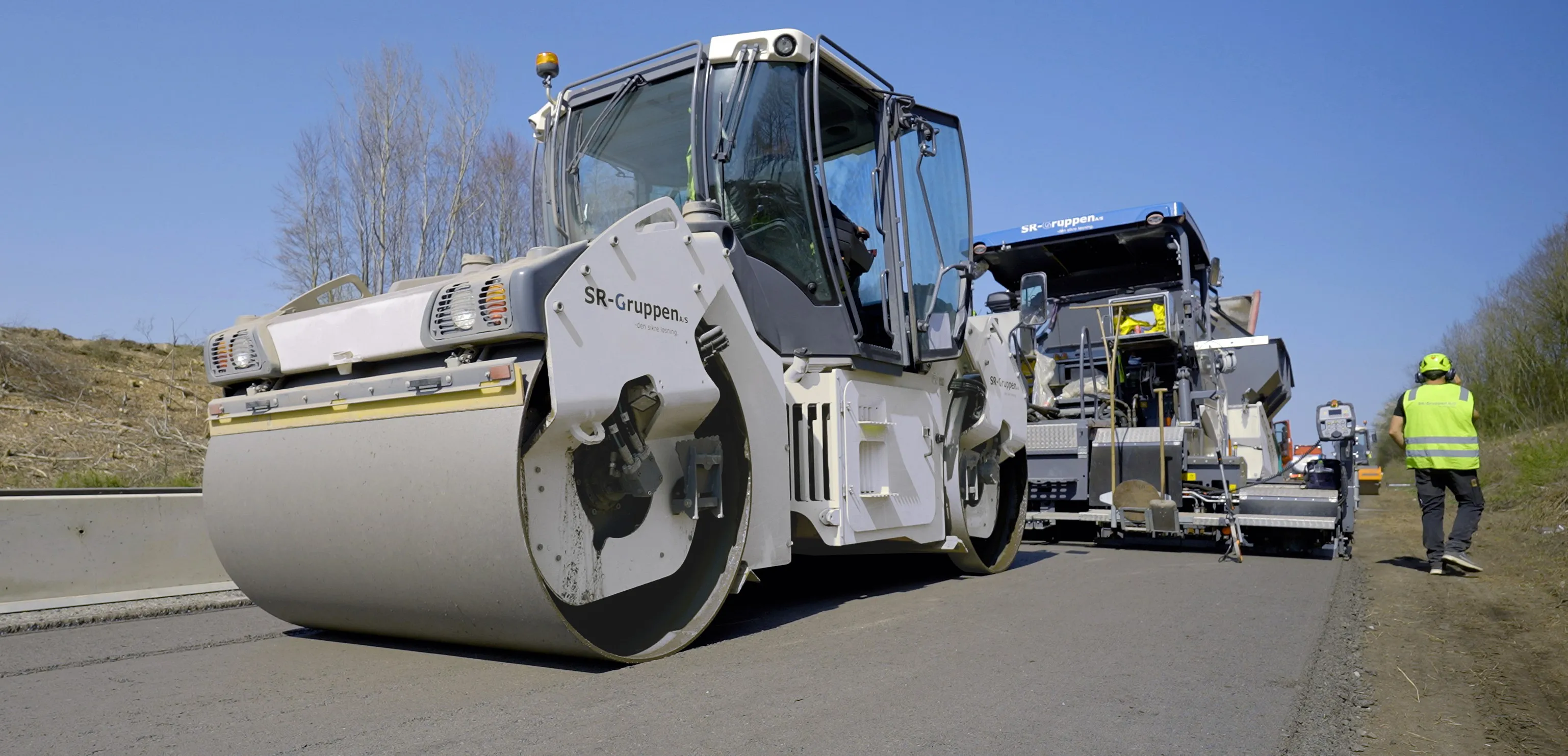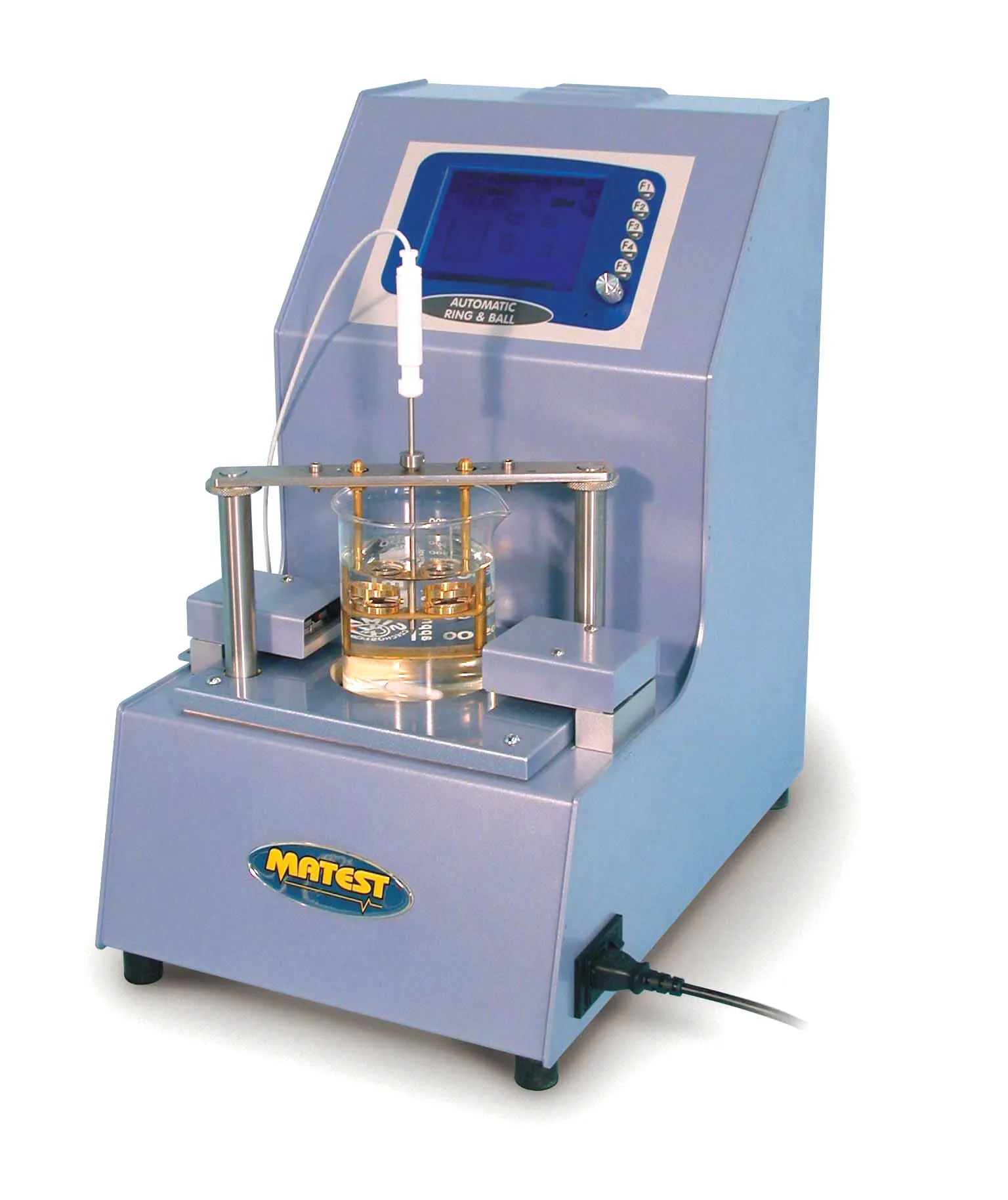The new Terex Finlay I-100RS direct drive 86cm x 86cm horizontal impact crusher with variable speed is said to give operators unprecedented levels of fuel efficiency and production in both recycling and quarrying applications. Furthermore, the robust Terex chamber is said to ensure excellent reduction ratios and high consistency of product shape.
The machine features an onboard 2.44m x 1.2m single deck screen for sizing and recirculating oversize material back to the crushing chamber. The sizing screen
March 12, 2014
Read time: 2 mins

The new 3501 Terex Finlay I-100RS direct drive 86cm x 86cm horizontal impact crusher with variable speed is said to give operators unprecedented levels of fuel efficiency and production in both recycling and quarrying applications. Furthermore, the robust Terex chamber is said to ensure excellent reduction ratios and high consistency of product shape.
The machine features an onboard 2.44m x 1.2m single deck screen for sizing and recirculating oversize material back to the crushing chamber. The sizing screen can be quickly detached for applications that do not require resizing or recirculation of materials for further processing. Terex Finlay claims the hydraulic folding capability of all I-100RS conveyors provides rapid set-up times and easy point to point moves when operating on multiple sites.
The I-100RS model features an advanced electronic control system. For optimal crushing, the system monitors and controls the speed of the rotor and regulates the heavy duty vibrating feeder (VGF) with integrated pre-screen to maintain a consistent feed of material into the impact chamber. Material from the integrated pre-screen can be diverted to a stockpile via the optional by-pass conveyor, or it may join the crushed product on the main belt. The standard hopper capacity of 2.3m³ is said by Terex Finlay to place the machine at the forefront in a competitive market sector.
With tracked mobility the I-100RS is said to be capable of working in the most demanding of environments and features a rapid set-up time.
Startup time for the Terex Finlay I-100RS is minimal, with the machine said to be ready for crushing in less than 15 minutes. The heavy duty crawler tracks, and optional radio remote control unit, make for simple site mobility.
The machine features an onboard 2.44m x 1.2m single deck screen for sizing and recirculating oversize material back to the crushing chamber. The sizing screen can be quickly detached for applications that do not require resizing or recirculation of materials for further processing. Terex Finlay claims the hydraulic folding capability of all I-100RS conveyors provides rapid set-up times and easy point to point moves when operating on multiple sites.
The I-100RS model features an advanced electronic control system. For optimal crushing, the system monitors and controls the speed of the rotor and regulates the heavy duty vibrating feeder (VGF) with integrated pre-screen to maintain a consistent feed of material into the impact chamber. Material from the integrated pre-screen can be diverted to a stockpile via the optional by-pass conveyor, or it may join the crushed product on the main belt. The standard hopper capacity of 2.3m³ is said by Terex Finlay to place the machine at the forefront in a competitive market sector.
With tracked mobility the I-100RS is said to be capable of working in the most demanding of environments and features a rapid set-up time.
Startup time for the Terex Finlay I-100RS is minimal, with the machine said to be ready for crushing in less than 15 minutes. The heavy duty crawler tracks, and optional radio remote control unit, make for simple site mobility.







